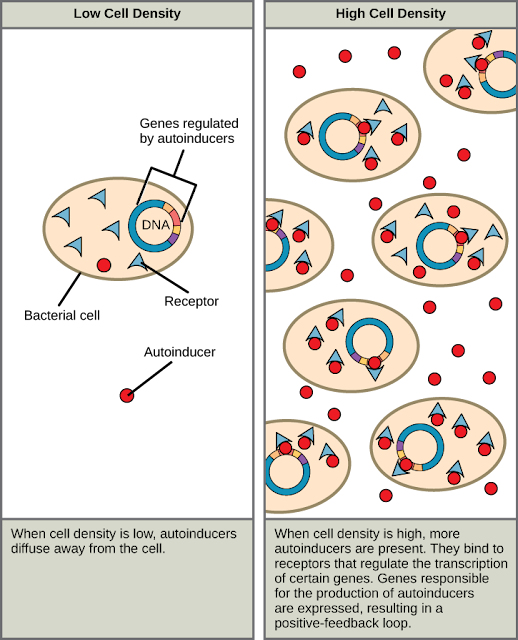Tabernanthe iboga
About Tabernanthe iboga Tabernanthe iboga sprouts green leaves bear small fruits and carry within its roots the core of Gabon's Bwiti culture: one of the strongest psychedelic compounds in the world. In its powdered form, the dried husks of iboga root resemble instant coffee. A small dose also works like coffee. Bwiti hunters occasionally use it as a stimulant. Healers also use moderate doses to treat a number of physical ailments. But a larger dose serves the ritual purpose of initiating newcomers to the Bwiti religion. The person undergoing initiation enters a Bwiti temple, where they are covered in powdered clay. Consume iboga, either as dried chips, spoonfuls of powder, or less frequently mixed with tea. Daniel Pinchbeck, whose book Breaking the Head takes its title from the way the Bwiti describe the ceremony, consumed iboga through a banana that had been sliced and filled with powder, as well as spoonfuls of the powder mixed with honey. he describes the taste as "like


